ISO 9001:2015 Management Review – Clause 9.3 for QMS Success
Introduction
Looking to master ISO 9001:2015 management reviews? Our comprehensive guide breaks down Clause 9.3, explaining the inputs, outputs, and requirements for effective quality management system oversight. Learn how regular reviews drive continuous improvement and align your QMS with business strategy.With Maxicert’s expertise in ISO certification and implementation support, organizations can establish structured review processes that not only meet compliance needs but also strengthen decision-making and long-term growth
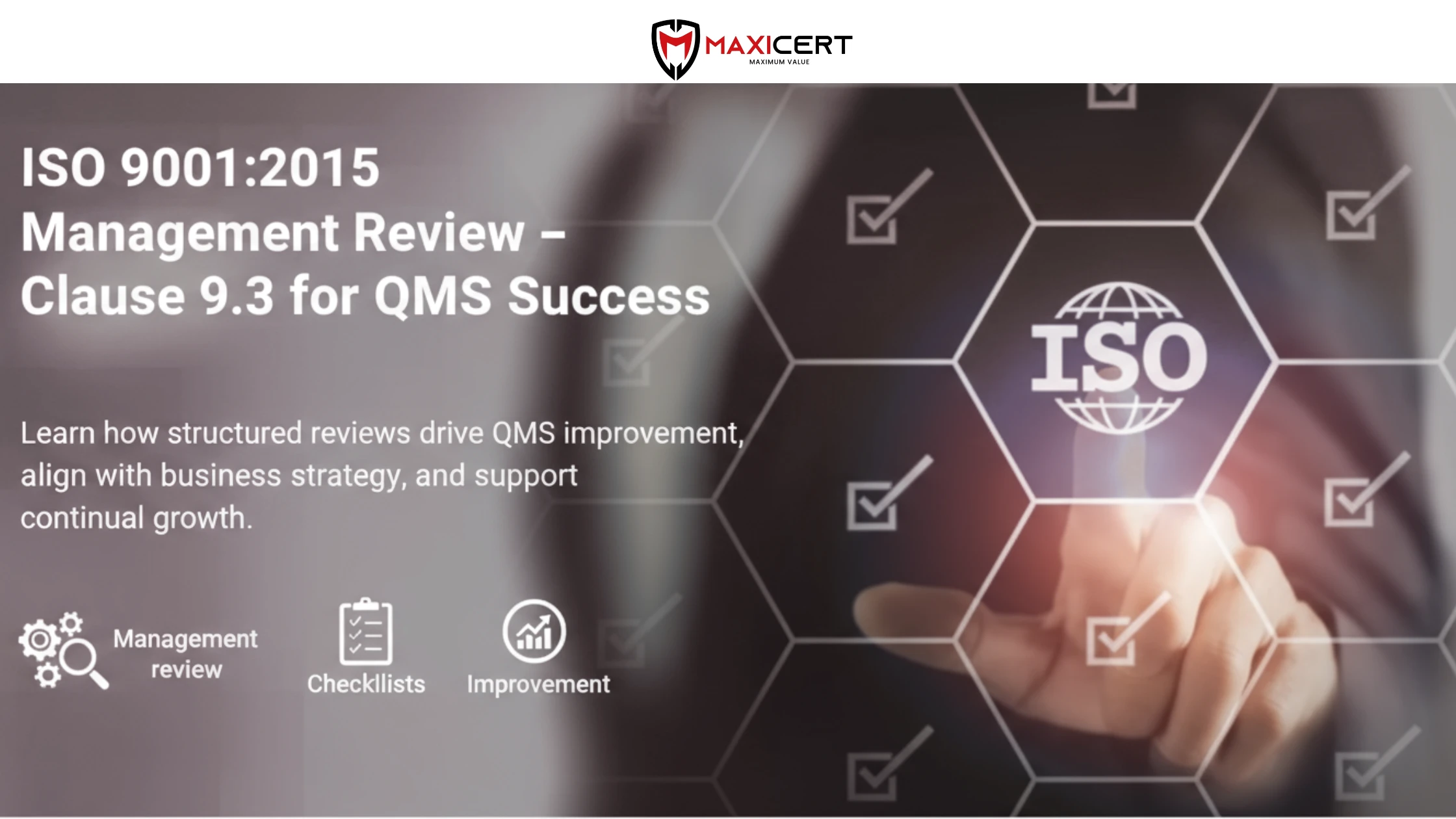
9.3 Management review
Top management shall review the organization’s quality management system, at planned intervals, to ensure its continuing suitability, adequacy, effectiveness and alignment with the strategic direction of the organization,
Management Review Inputs (Clause 9.3.2)
Evaluating the performance, suitability, and effectiveness of a Quality Management System (QMS), and conducting Management Reviews are strategically important for any type of business activity. As per ISO 9001 Every organization has to schedule and execute management review in the framework of a number of important inputs.
The main points to be covered in a management review are the following:
1. Status of Previous Actions
Going through unfinished and fulfilled items in past management review is important.
Confirm that the corrective and enhancement works have been fully carried out.
2. Context Change
Spot changes in the outside environment, like changes in the market, legislation, and customer preferences.
Evaluate any internal organizational changes, human resources, or technologies, and how they affect the QMS.
3. QMS Performance and Effectiveness
Reviews should encompass the following with supporting documentation as evidence:
Result of Customer satisfaction and feedback from relevant interested parties.
Levels of progress toward the achievement of quality objectives.
Performance of processes and conformance of the products or services.
Nonconformities and the effective corrective actions taken.
Results of activities performed in the monitoring and measurement processes.
Results from internal and external audits.
Performance of external providers.
4. Resource Sufficiency
Assess the human, physical, financial, and technological, and the other resources available to voorbereiding.
ISO 9001:2015 Clause Guide Panel
- Clause 1
- Clause 2
- Clause 3
- Clause 4 – Sub-clause 1
- Clause 4 – Sub-clause 2
- Clause 5 – Sub-clause 1
- Clause 5 – Sub-clause 2
- Clause 5 – Sub-clause 3
- Clause 6 – Sub-clause 1
- Clause 6 – Sub-clause 2
- Clause 7 – Sub-clause 1
- Clause 7 – Sub-clause 2
- Clause 7 – Sub-clause 3
- Clause 7 – Sub-clause 4
- Clause 8 – Sub-clause 1
- Clause 8 – Sub-clause 2
- Clause 8 – Sub-clause 3
- Clause 8 – Sub-clause 4
- Clause 8 – Sub-clause 5
- Clause 8 – Sub-clause 6
- Clause 8 – Sub-clause 7
- Clause 8 – Sub-clause 8
- Clause 8 – Sub-clause 9
- Clause 8 – Sub-clause 10
- Clause 8 – Sub-clause 11
- Clause 8 – Sub-clause 12
- Clause 9 – Sub-clause 1
- Clause 9 – Sub-clause 2
- Clause 9 – Sub-clause 3
- Clause 9 – Sub-clause 4
- Clause 10
Management Review Outputs (Clause 9.3.3)
The outputs of the management review shall include decisions and actions related to:
- Opportunities for improvement;
- Any need for changes to the quality management system,
- Resource needs.
The organization shall retain documented information as evidence of the results of management reviews,
Is Your Quality Management System Working?
Your top management should review the quality management system on a regular basis. The frequency depends on how your internal culture works.
In small organizations weekly meetings involve most or all of top management. Ultimately many of the requirements of 9.3 get reviewed over the course of several meetings,
However, semi-annual or quarterly reviews also need to be planned to ensure that the whole quality management system gets reviewed.
While the more frequent meetings allow for quicker response times for problems and opportunities, the semi-annual review allows time to gather information of key performance indicators, assess trends, check on the status of improvement projects and analyze the results of customer feedback. Where changes are planned or being implemented, more frequent review periods might be needed.
People who participate in reviews should be able to contribute and take action on any outcomes.
Consistency in Management Reviews
A consistent approach should be taken to the review of the quality management system. The following could be considered:
- The relevance of quality policy and objectives to current needs,
- How the quality management system is working,
- If objectives are being met,
- Analysis of key performance indicators,
- Problems and product nonconformities,
- Customer feedback, including customer complaints,
- Results of audits (both internal and external), areas for improvement/changes needed, and outstanding actions from previous reviews.
Individual problems should be dealt with as they occur. If you wait for the next management review to deal with a customer complaint, you might no longer have any customers.
The management review is intended to see if the same problems re-occur, if the action taken is appropriate, and if the customers are satisfied. For interim reviews, not everything needs to be reviewed.
Suitability, Adequacy, and Effectiveness
You should step back from individual problems and take an overview of your quality management system to see if it is:
- suitable – Does it still fit its purpose?
- adequate – Is it still sufficient?
- effective – Does it still achieve the desired results?
Top management should analyze and decide on significant trends. Don’t waste time during the management review discussing relatively insignificant problems again and again. The management review will be more useful if it carefully considers reports to obtain a clear overview and does not just review a list of small details.
Data Analysis and Additional Inputs
The analysis of data as required by 8.4 should also be included in the management review. Other inputs which could be considered include:
- training needs,
- supplier problems,
- equipment needs and maintenance, and
- work environment and infrastructure.
The outputs of management review will include deciding what to do, assigning responsibility for tasks, ensuring adequate resources and determining the parameters to be measured that will be used to assess if the actions taken have been effective.
Developing and Revising Plans
By identifying the issues to go under these headings, and depending on the outcome of the review, you might be able to further develop and revise your own quality, strategic and organization’s plans for future activities.
For example, as improvements are achieved and problems eliminated, the opportunity arises for you to review the effectiveness of your inspection processes. Are they still essential or can some savings be made by modifying them or adopting other controls, since the cause of the problem has been addressed? If the rate of complaints is found to be increasing, a decision should be taken to explore the reasons and to set appropriate objectives.
Reviews Vs Audits
Reviews vs Audits
Reviews and audits are not the same. Audit results feed into management review — here’s how to understand and apply both.
What is a Review?
A review is a management activity to examine information and decide on actions. It is adaptable to organizational practices and often focuses on overall performance and improvement.
What is an Audit?
An audit is a systematic, objective assessment of processes or compliance. The findings and corrective actions from audits are important inputs to the management review.
How reviews can be carried out
Tip: Choose the method that fits your organisation’s culture and the level of detail management needs for decision‑making.
Records of the Review
Records of the review need to be kept which address all points of the review, together with any action to be taken and target dates allotted.
The records may be in any form that suits your organization, such as entries in a daybook or diary, formal meeting minutes or notes, which can be produced, distributed and stored either in hard copy of electronic format.
You also have to reach some decisions as a result of the review.
These will include deciding what to do, assigning responsibility for tasks, ensuring adequate resources and determining the measurements that will be used to assess if the actions taken have been effective.
Management Reviews in SMEs
As long as it fulfills the requirements of ISO 9001:2015 and addresses all the issues required, the management review could be managed in SMEs by dedicating once a year a special management meeting to the review of the quality management system. To document this could probably be to fulfill a checklist or a report with action bullets.
However, specific problems should be dealt with as they occur during interim reviews: for example, customer complaint or urgent corrective actions. For interim reviews, not everything needs to be reviewed.
Management Reviews in One-Person Businesses
Considering a “one-man-business” case, the management review can be fulfilled by the manager by taking time out of ordinary business, at least one time a year, preferably after the internal audit, for addressing the requirements of clause 9.3. He needs to formalize it by documenting the main items (inputs, actions to take, needs and resources, outputs), because it’s a fundamental point for ensuring that every issue is addressed and decisions taken.
He may not have to organize a formal meeting, considering he’s the manager AND the organization, but the documented information is important.
Risk Management Linkage
Reference to an annex with the cycles of risk management in combination with the annex A in ISO 9001, describing the risk-based approach.
Conclusion
Navigating the complexities of ISO 9001:2015 Clause 9.3 is essential for any organization aiming for continuous improvement. By implementing a consistent and thorough management review process, you can ensure your Quality Management System remains suitable, adequate, and effective. Regular reviews, whether quarterly or annually, provide the critical insights needed to address nonconformities, seize opportunities for improvement, and align your quality objectives with your strategic business direction. Make management reviews a core part of your operational rhythm to maintain a robust and responsive QMS that drives long-term success. With Maxicert’s guidance, businesses can transform management reviews into a powerful tool that reinforces compliance, drives improvement, and ensures long-term organizational success.
Free 60–90 day implementation plan available after consultation.
Client Testimonials
What Our Clients Say About Us?
We are trusted by thousands of clients belonging from technology, manufacturing, healthcare and various sectors
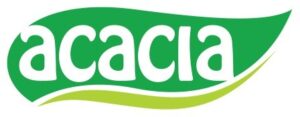

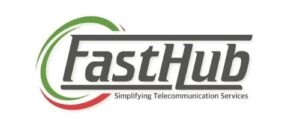

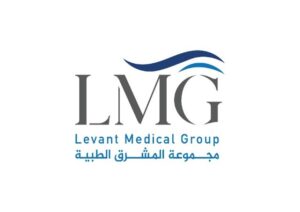


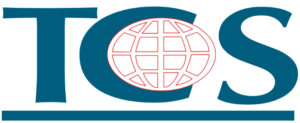
Our overall experience with Maxicert was satisfied. The audit and consulting part was handled carefully, we fulfilled our client requirement of ISO 27001 hassle free.
Kevin Santiago BDM – Clarks Outsourcing, PhilippinesTimely response and knowledge of ISO standards can be seen together in the team of Maxicert, we grow because of the service providers like Maxicert.
Samuel Christopher Quality Assurance Head – OEQA, NigeriaWe did Food safety certification with Maxicert, the service was extraordinary and their consultant had good experience of the subject.
Mr. Venkatesh Production Manager - Acacia Foods and Beverages, ZambiaWe engaged a consultant of Maxicert for our business certification, we now have a well-designed and organized department procedures and we rectify our errors through internal audits regularly.
Abdullah Al Rayes Managing Director – TCS, BahrainTechnical expertise by the team of Maxicert helped us achieving our ISO 13485 certificates, we now proudly say that we have achieved our target, all thanks to the team.
Nady Boustany CEO – LMG, IraqMaxiCert's approach to meet our needs proved instrumental in facilitating a seamless transition throughout the entire ISO certification process for us. Their training sessions are so much helpful.
Ms. Latifa Al Salem Investor portfolio – Ministry of Investment, Saudi ArabiaMaxicert is a one stop solution, we got trainings, documents, audit and certification at one place, they facilitated everything.
Ms. Mariam Chaggama VP – Fasthub, TanzaniaFAQ
What is the purpose of a management review in ISO 9001?
Management review is a regular check by top management to ensure the quality management system is still suitable, adequate, and effective in meeting the organization’s goals and customer needs.
What information should be considered during a management review?
The review should consider previous actions, changes in the company or environment, performance data like customer satisfaction and audit results, risks and opportunities, resource needs, and improvement opportunities.
How often should management reviews happen?
The frequency depends on the organization’s size and culture. It can be quarterly, semi-annually, or annually, but the review should be planned to cover all key aspects of the quality management system.
What are the typical outcomes of a management review?
- Outcomes include decisions on improvements, any needed changes to the quality system, resource allocation, and assigning responsibilities to ensure continuous improvement and alignment with strategic goals.






Their presence in Oman made us even better to accomplish our goal of achieving ISO certificates on time, we will definitely recommend their services.
Mr. Sailesh Mohanakrishnan Division Manager – Khimji Ramdas, Oman